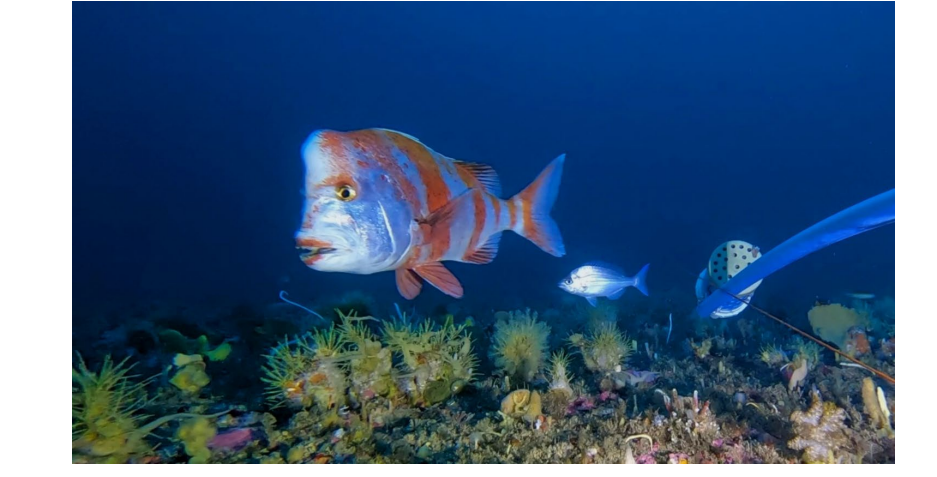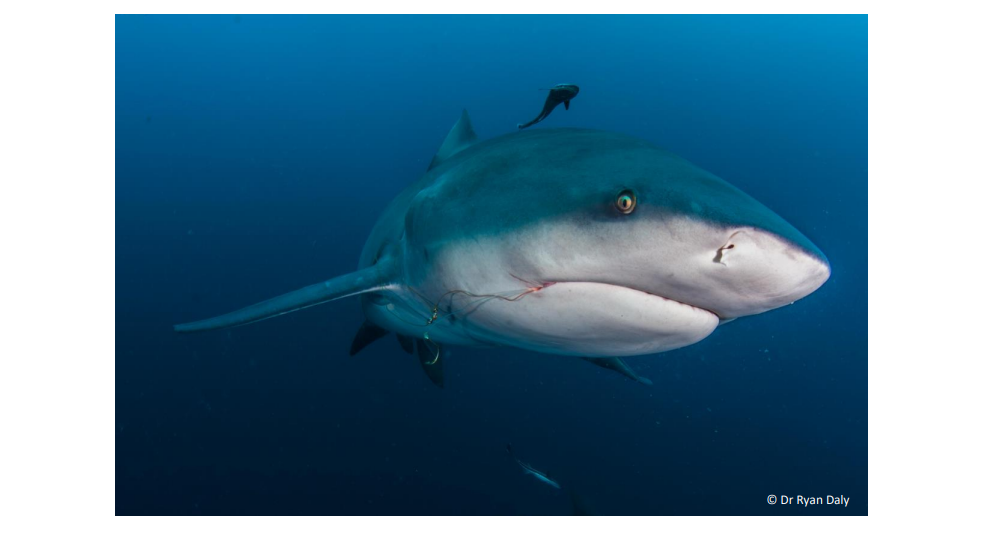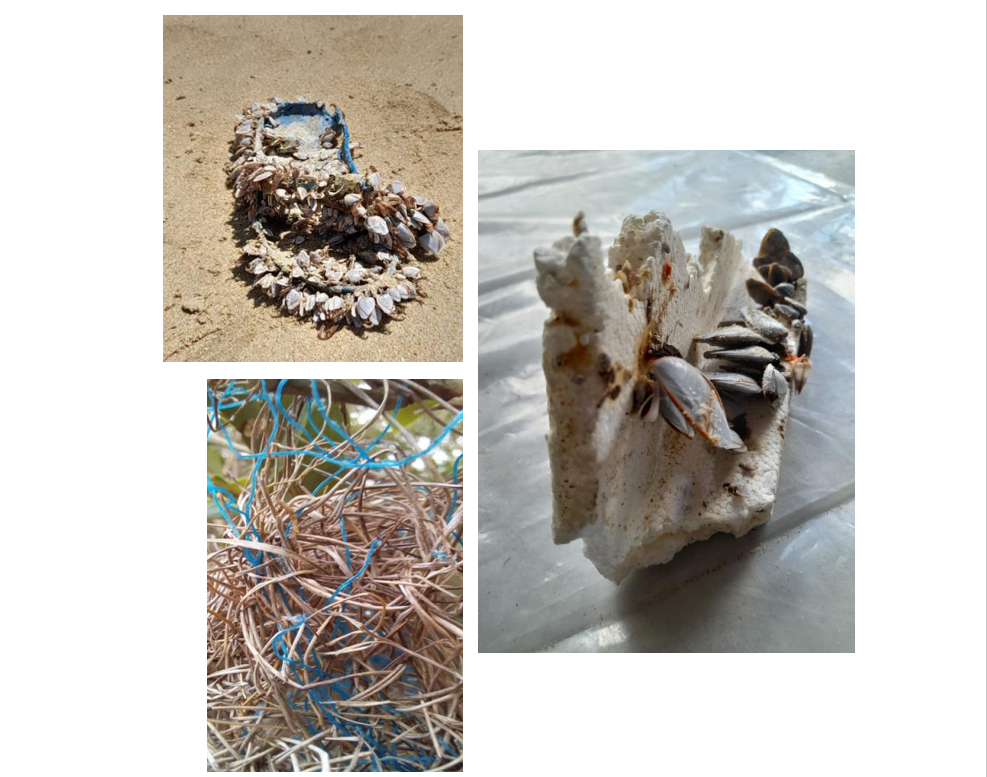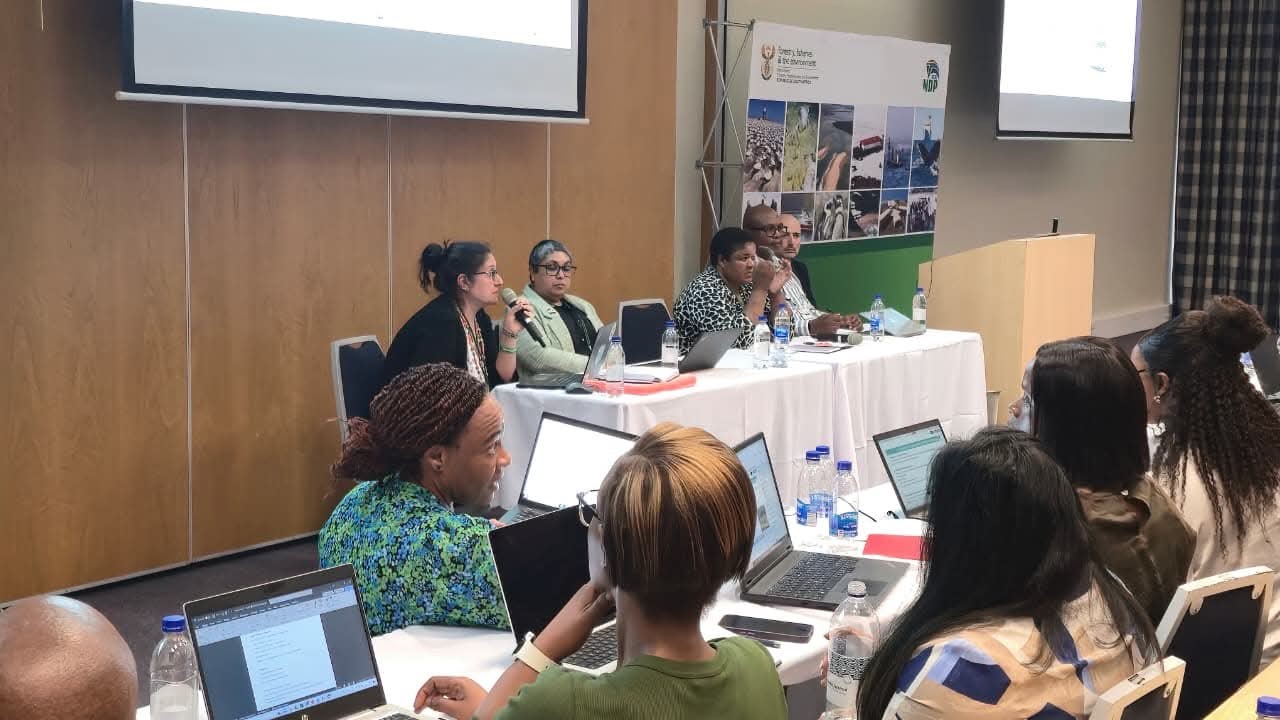By: Dr Yonela Sithole (PDP Postdoctoral Research Fellow)
Africa’s rivers are home to an amazing diversity of fish species, but this biodiversity is increasingly threatened by human activities. Overfishing, habitat destruction, pollution, and invasive species are all having a significant impact on freshwater ecosystems across the continent. Despite these challenges, many African river systems remain largely underexplored, and much of their biodiversity is yet to be discovered. This makes taxonomic research – the science of classifying species – a crucial tool for conservation efforts.
In a recent study, Dr Yonela Sithole, a Postdoctoral Researcher at the NRF-South African Institute for Aquatic Biodiversity (NRF-SAIAB), and a team of taxonomists made an exciting discovery in finding eight new fish species in Africa that were previously thought to be a single species, i.e. the Zambezi grunter, (Parauchenoglanis ngamensis). For decades, this species was recorded in several major river systems, including the Okavango, where it was first documented in 1911, as well as the upper Zambezi, Kwanza, and Kasai basins. However, a more detailed investigation has revealed that what scientists once believed to be one species is, in fact, a complex of several distinct species.

Dr Sithole explained that: “The study involved a comprehensive analysis of fish specimens housed in the NRF- SAIAB’s National Fish Collections Facility and the Royal Museum for Central Africa in Belgium. These specimens, collected between 1911 and 2007, were all identified as Parauchenoglanis ngamensis. By examining the external features of these fish, such as their colour patterns and body shapes, we began to suspect there was more to the story. To confirm our findings, we conducted DNA barcoding, a technique that utilises genetic data to identify species.” This combination of genetic and morphological evidence confirmed the existence of eight previously unknown species.
“The study also includes an identification key for all species in the Parauchenoglanis genus, facilitating accurate identification of these species by researchers in the field. Such tools are essential for ongoing research and conservation, especially in regions where detailed taxonomic knowledge is lacking”, she said.
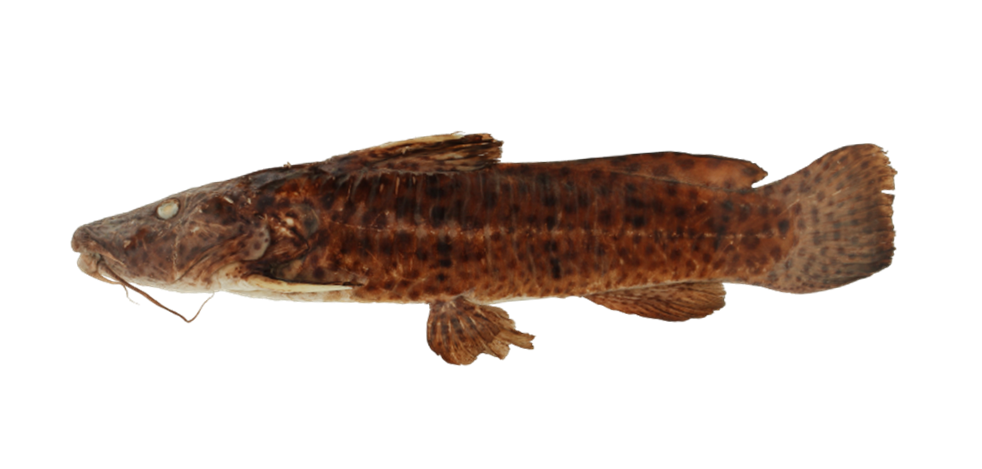
Freshwater ecosystems in Africa are increasingly at risk, making it essential to understand the true diversity of species within them is essential for their protection. Some newly discovered species are found in small, isolated regions, making them more vulnerable to environmental changes or human activities. Accurate species identification and mapping enable conservationists to prioritise these areas for protection.
This research was conducted as part of Dr Sithole’s PhD project, under the supervision of Professor Albert Chakona and Dr. Emmanuel Vreven. The study has been published in the Zoological Journal of the Linnean Society, a peer-reviewed international journal. The collaborative effort between NRF-SAIAB and the Royal Museum for Central Africa highlights the significance of international partnerships in tackling global conservation challenges.
The journal paper can be accessed using this link: https://doi.org/10.1093/zoolinnean/zlae121

